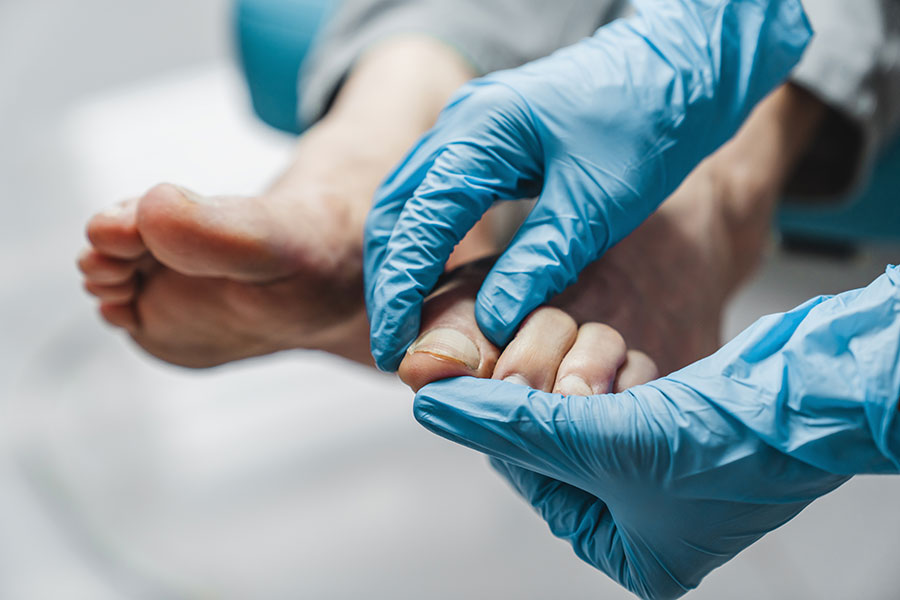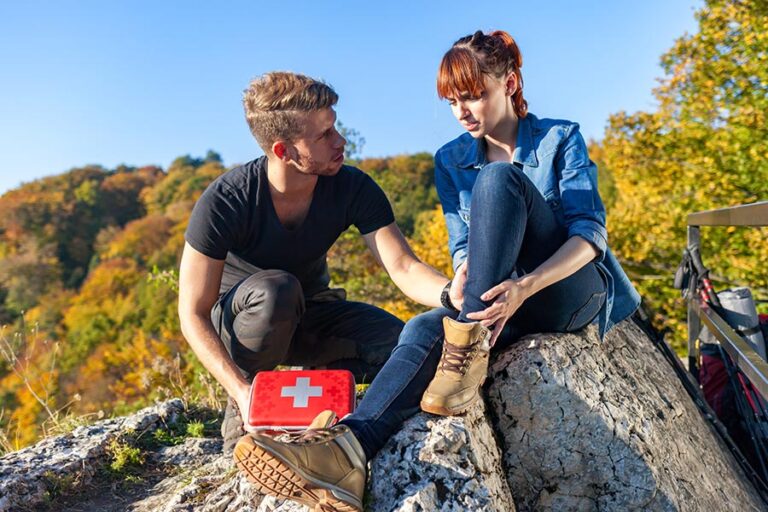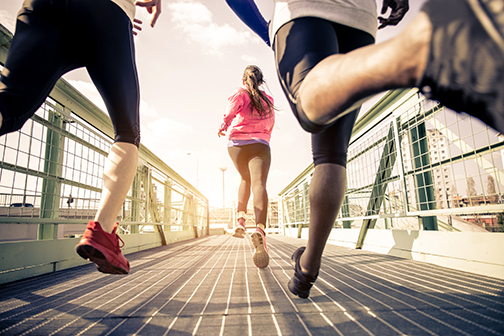You may be susceptible to developing athlete’s foot, one of the most prevalent fungus infections, whether you’re starting a new exercise regimen or exercising regularly currently.
Understanding how to avoid getting this fungus and how to cure it once you do is crucial.
Where Athletes’ Foot Is Abundant
The fungus that causes athlete’s foot prefers moist conditions and frequently flourishes in hot, muggy surroundings. Athlete’s foot is a fungus that grows in old shoes, baths, showers, gyms, locker rooms, and public swimming pools.
Symptoms
The skin on your feet and in between your toes may crack, peel, and develop tiny blisters as a result of this infection’s itching and burning symptoms.
Preventing Athlete’s Foot
- Put on breathable shoes and let them air dry between uses.
- Only put on your own footwear.
- Discard any shoes you wore while you had foot fungus, and toss away old, worn-out shoes that have perspiration on them.
- Keep your feet dry and give them as much room to breathe as you can.
- Don sock brands like Coolmax or Dri Fit. Your feet are drained of moisture as a result.
Treatment
Depending on how severe the condition is, athlete’s foot may require a variety of treatments. Consult your doctor at American Foot and Leg if you believe you have a severe case of athlete’s foot as a prescription may be required. A dangerous secondary bacterial infection may develop in some mild cases as they get worse. Consult your doctor right away if you discover that your rash is getting worse, has blisters or sores, or is getting redder, puffy, or painful. However, a topical lotion purchased over the counter might work for a minor case of athlete’s foot. The key to completely eliminating any fungus is to apply the treatments for 4 to 6 weeks. Don’t stop taking it until all the symptoms disappear.





